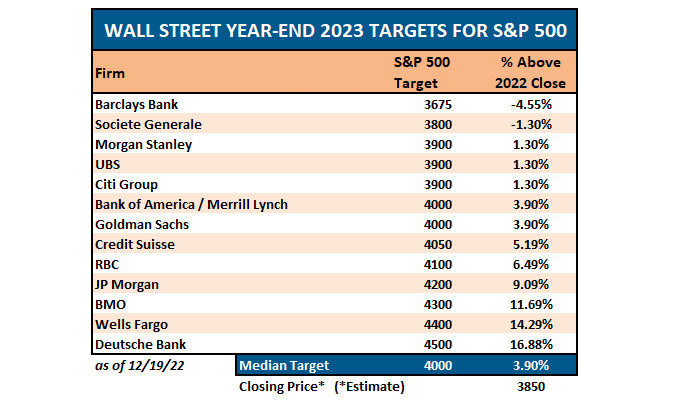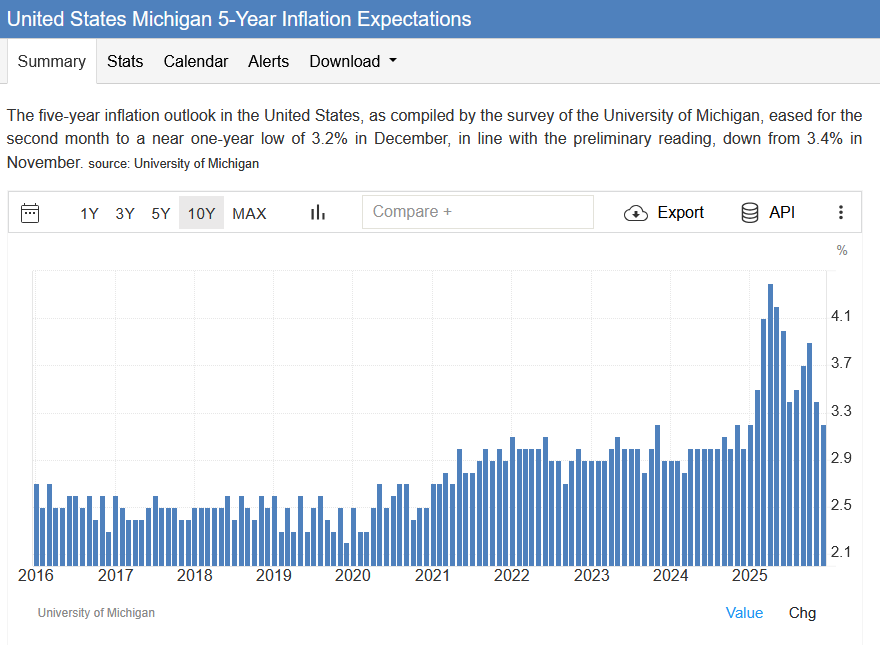Home › 6a) Gold & Monetary Metals › 6a.) GoldCore › The Changing Role of Gold
Permanent link to this article: https://snbchf.com/2021/08/flood-role-gold/
Receive a Daily Mail from this Blog
Live Currency Cross Rates
 On Swiss National Bank
On Swiss National Bank
-
SNB Sight Deposits: increased by 1.7 billion francs compared to the previous week
6 days ago -
2025-07-31 – Interim results of the Swiss National Bank as at 30 June 2025
2025-07-31 -
SNB Brings Back Zero Percent Interest Rates
2025-06-26 -
Hold-up sur l’eau potable (2/2) : la supercherie de « l’hydrogène vert ». Par Vincent Held
2025-06-24 -
2025-06-25 – Quarterly Bulletin 2/2025
2025-06-25
 Main SNB Background Info
Main SNB Background Info
-
SNB Sight Deposits: increased by 1.7 billion francs compared to the previous week
6 days ago -
The Secret History Of The Banking Crisis
2017-08-14 -
SNB Balance Sheet Now Over 100 percent GDP
2016-08-29 -
The relationship between CHF and gold
2016-07-23 -
CHF Price Movements: Correlations between CHF and the German Economy
2016-07-22
Featured and recent
-
So viele Stunden arbeite ich (Antwort eines Multimillionärs)
-
Peter Hahne: „So schlimm stand unser Land noch nie da“
-
Steuern zurückholen! Der legalste Trick vor dem 31.12. (Muss jeder kennen)
-
Gold: A Gift Fit for a King!
-
 Aus Toleranz wird Staatsreligion – Deutschland zwingt Moral statt Freiheit!
Aus Toleranz wird Staatsreligion – Deutschland zwingt Moral statt Freiheit! -
Wie viel Geld, um ruhig zu schlafen?
-
 Brandmauer macht die AfD nur STÄRKER – Politik züchtet Radikalisierung selbst!
Brandmauer macht die AfD nur STÄRKER – Politik züchtet Radikalisierung selbst! -
 NASDAQ 2026: Risiken und Chancen vor Jahresende
NASDAQ 2026: Risiken und Chancen vor Jahresende -
 The Real Investment Show
The Real Investment Show -
 2025 Holiday Greeting
2025 Holiday Greeting
More from this category
- Home Prices and Sales Fall. Can Sellers Count on Lower Interest Rates?
22 Dec 2025
- The Essence of Financial Bubbles
22 Dec 2025
 2026 Market Outlook Based On Valuations
2026 Market Outlook Based On Valuations22 Dec 2025
 The Seen And The Unseen Of QE-RMP
The Seen And The Unseen Of QE-RMP22 Dec 2025
 Is Switzerland losing its place in the world?
Is Switzerland losing its place in the world?22 Dec 2025
 Why Palantir is becoming a risky bet for Switzerland
Why Palantir is becoming a risky bet for Switzerland22 Dec 2025
- Can I Get Some Coffee?
22 Dec 2025
- The Brutality of the US Empire Is on Display in Venezuela
21 Dec 2025
- Unmasking Academia: The State’s Ministry of Opinion
21 Dec 2025
 Die Performance der Kryptowährungen in KW 51: Das hat sich bei Bitcoin, Ether & Co. getan
Die Performance der Kryptowährungen in KW 51: Das hat sich bei Bitcoin, Ether & Co. getan21 Dec 2025
- Bitcoin, Dogecoin, Ethereum & Co. am Samstagnachmittag
20 Dec 2025
 Bitcoin-Bullrun 2026: Krypto-Börse prognostiziert Kursziel von 170’000 Dollar
Bitcoin-Bullrun 2026: Krypto-Börse prognostiziert Kursziel von 170’000 Dollar20 Dec 2025
- Looking Back and Forth
20 Dec 2025
 Fed’s Soft Landing Narrative Meets Economic Data
Fed’s Soft Landing Narrative Meets Economic Data20 Dec 2025
- Inflation and the Intergenerational Housing Rivalry
19 Dec 2025
- Combating Wokeness: An Interview with Paul Gottfried
19 Dec 2025
- The Illusion of Democracy: The “Iron Law of Oligarchy”
19 Dec 2025
- Home Prices and Sales Fall. Can Sellers Count on Lower Interest Rates?
19 Dec 2025
- Inflation as a moral hazard
19 Dec 2025
 Nestlé allowed to continue French Perrier operations
Nestlé allowed to continue French Perrier operations19 Dec 2025












The Changing Role of Gold
Published on August 20, 2021
Stephen Flood
My articles My videosMy books
Follow on:
Under the Bretton Woods monetary system, central banks could exchange their US dollar reserves for gold. This also ended the gold fixed price of US$35 per ounce.
This week we explore the two questions that concluded last week’s article: What role can gold serve in the international financial system in the future? And why do central banks continue to increase their gold reserves?
Starting with the latter question of why central banks continue to increase their gold reserves?
This is an important factor in the gold market and therefore a topic we have discussed before – see our post from July 8: Central Banks Plan to Increase their Gold Reserves in 2021 – Here’s Why, for example.
The net demand from central banks has been positive since 2010 and collectively central banks hold over 35,000 metric tonnes of gold. This accounts for approximately a fifth of all gold ever mined.
.
Market to Crash by 80%
Watch David Hunter on GoldCore TV
Gold and its Primary Role
An article posted on Reuters by World Gold Council sums it up as: One of gold’s primary roles for central banks is to diversify their reserves. The banks are responsible for their nations’ currencies. However, these can be subject to swings in value depending on the perceived strength or weakness of the underlying economy.
At times of need, banks may be forced to print more money, Since interest rates, the traditional lever of monetary control, have been stuck near zero for over a decade. This increase in the money supply may be necessary to stave off economic turmoil. However, at the cost of devaluing the currency.
Gold, by contrast, is a finite physical commodity whose supply can’t easily be added to. As such, it is a natural hedge against inflation.
As gold carries no credit or counterparty risks, it serves as a source of trust in a country, and in all economic environments. Making it one of the most crucial reserve assets worldwide, alongside government bonds.
For more on central banks gold holdings see the dashboard below:
Central Bank Gold Holdings Interactive Charts
Therefore, the bottom line is that central banks are buying gold for many of the same reasons you and I are buying gold. Gold cannot be ‘printed’ by the Fed, the ECB, or any other central bank. In other words, this means gold is not subject to debasement.
And gold has attractive portfolio characteristics. In a central bank portfolio consisting of only a few currencies that might qualify as reserve currencies (i.e., the dollar, the euro and the yen), gold provides excellent diversification characteristics. For example, gold is very inversely correlated to the US dollar, meaning that in general if the US dollar goes down that the price of gold increases.)
Gold and the International Financial System
Turning to the first question of what role can gold serve in the international financial system in the future?
Also, the fact that many central banks are again interested in gold for reserve purposes suggests that a new, semi-official, role for gold could emerge in the future.
One example of a role for gold is future inclusion in the basket of currencies that make up the International Monetary Fund’s (IMF) Special Drawing Rights (SDR) currency basket.
The SDR is an IMF-sponsored currency basket. Presently includes the dollar, yen, pound, euro, and renminbi (the basket weights of each are determined by the size of GDP, trade, etc.).
When first introduced in 1968 the SDR was meant to supplant the role of both the dollar and gold in central bank reserves. The SDR was initially referred to as ‘paper gold’, and its initial value was set equal to one US dollar.
Full story here Are you the author?Follow on:
No related photos.
Tags: central-banks,Commentary,Currency,economy,Featured,Finance,Gold,gold market,gold news,gold price,Gold prices,inflation,Investing,newsletter,Precious Metals,silver,World Gold Council